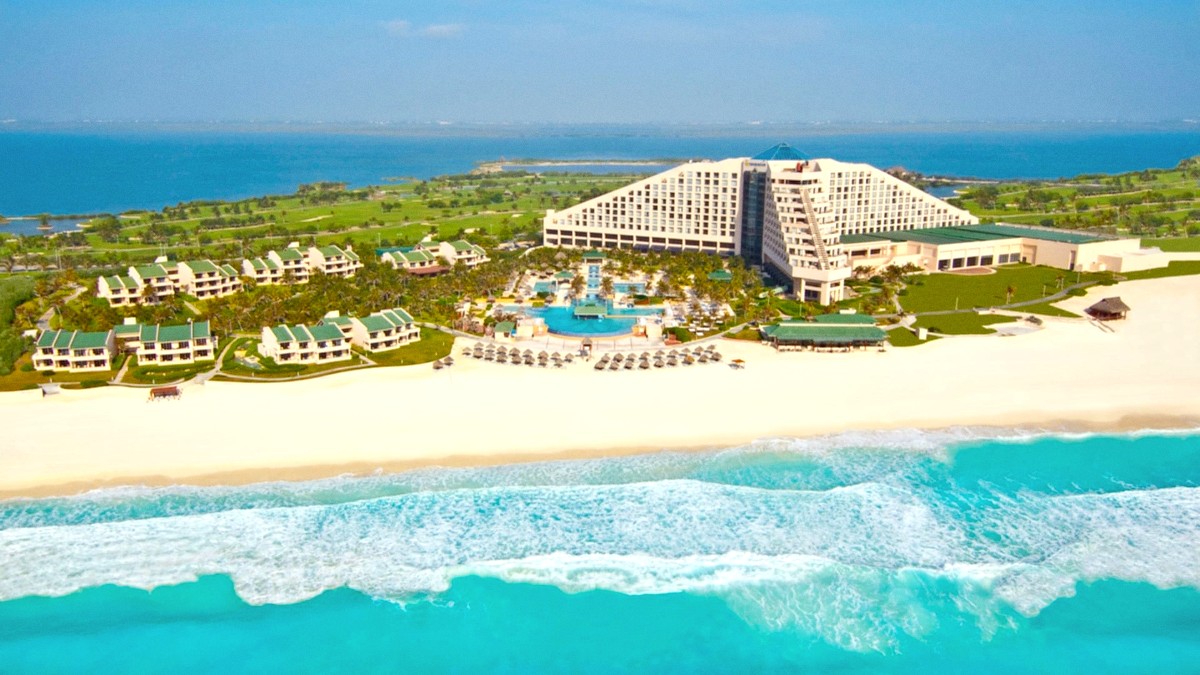
Mexico
CUN serves as the main airport for Cancun and the entire Riviera Maya region. It ranks among Mexico's busiest airports, handling millions of international and domestic passengers annually. It acts as a major gateway to the Yucatán Peninsula.
Flight prices to Cancun change significantly by season and demand.
Extensive direct service originates from North America. Direct flights also connect from European capitals and major cities.
CUN features four terminals, ATMs, currency exchange, duty-free shops, diverse restaurants, car rental desks, and Wi-Fi.
Pre-booked private/shared shuttles, ADO buses, rental cars, and official airport taxis transfer you to accommodation.
CUN has four terminals: Terminal 1 for charters, Terminal 2 for domestic/some international, Terminal 3 for international, and Terminal 4 for international. Confirm your departure terminal before arriving.
The airport offers ATMs, currency exchange, duty-free shops, a wide range of restaurants and cafes, car rental desks, and Wi-Fi (often free for a limited time). VIP lounges exist in Terminals 2, 3, and 4. Medical services are present.
Free shuttle buses connect all terminals, running frequently, which ensures smooth transfers between flights or for accessing ground transport.
ADO (Autobuses de Oriente) ranks as the dominant and most reliable long-distance bus company in the Yucatán Peninsula. ADO buses are modern, comfortable, air-conditioned, and deliver excellent service.
Requirements include a valid driver's license from your home country and a major credit card.
Road conditions and driving habits vary.
No passenger train services currently operate to or from Cancun for general tourism. The Maya Train (Tren Maya) undergoes construction, with stops planned near Cancun.
Cancun's coastal location makes sea travel a practical option for reaching nearby islands.
No significant river transportation options exist for tourism in Cancun. The Yucatán Peninsula's geology means most waterways run underground.
Offers slower, less frequent service, often combined with tour packages from the Hotel Zone.
Another Hotel Zone departure point with slower service, often bundled with tours.
Departures from Playa del Carmen, approximately one hour south of Cancun.
Exit fees sometimes apply upon departure. The Tourist Tax (DNR) generally falls within your international airline ticket price. If not included, it stands at approximately 687 MXN. Quintana Roo VISITAX, about 271 MXN for foreign visitors aged 18 and older, can be paid online or at airport kiosks before departure. Keep proof of payment readily available as officials may request it.
Arrive at Cancun International Airport (CUN) at least 3 hours prior to your international flight. This specifically pertains to peak season, holidays, or busy times of day.
Security lines lengthen, especially during peak hours. Be ready to remove electronics and liquids from your carry-on bag. This streamlines the process.
If you received a physical FMM card upon arrival, you would return it to an immigration officer. With the newer passport stamp system, no specific action stands necessary unless an officer requests your stamp. No specific customs declaration commonly pertains to departing passengers unless you carry large amounts of cash (over $10,000 USD) or specific goods that necessitate declaration.
Allow extra time to reach Cancun International Airport. Traffic on Boulevard Kukulcán (Hotel Zone) and the main highway to the airport can turn heavy, especially during rush hour or peak tourist times.